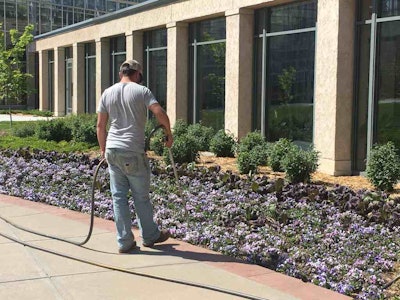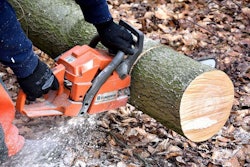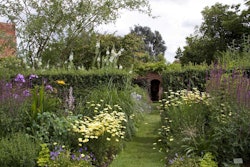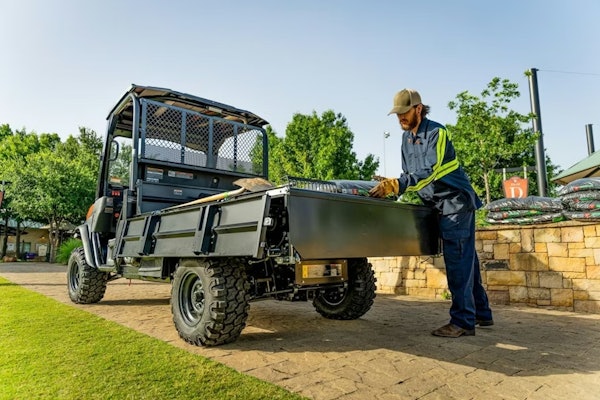 A worker waters plant beds at the Lauritzen Gardens in Omaha, Nebraska.
A worker waters plant beds at the Lauritzen Gardens in Omaha, Nebraska.Photo: Jill Odom/Total Landscape Care
With the hot temperatures and dry conditions of summer, your clients may be fretting about keeping their landscape lush and green. But remind them that more isn’t always better when it comes to watering.
Knowing the irrigation requirements of trees, shrubs, and vegetable gardens will help ensure they make it through dry conditions during the summer.
During periods of consistent rainfall, most well-established trees and shrubs don’t require supplemental irrigation, but when drought conditions appear these plants can decline or die without watering. Signs of trees and shrubs in need of water can be seen in temporary wilting.
One way to check if a client’s tree needs watering is to dig a small hole under the plant canopy and feel the soil. If it is cool and moist 6 to 9 inches beneath the soil there is no need to irrigate, but if it is dry, it is time to water.
Garden hoses, soaker hoses, and root feeders are all good options for watering trees or shrub beds. While overhead sprinkler irrigation systems are a good fit for watering lawns, they are not the best choice for trees and shrubs. Your clients may not realize that it doesn't help to water plant leaves. It is their roots that need watering. In fact, frequent wetting of leaves can create an environment where disease can thrive.
As for how much you should water trees and ornamental shrubs, it can be tricky at times to make sure the plants are not either over-watered or under-watered. Over-watering can drown the root system but under-watering can dehydrate the roots. Both are problematic.
If the top 6 to 9 inches of soil prove to be dry, apply deep watering over the entire root zone area. Avoid light watering as this promotes shallow root growth that will make the plant more susceptible to drought stress.
During the summer season, established plants in soils like clay may require water once a week while sandy soils will need a soaking at least twice a week.
As for vegetable patches, it is important to keep the soil moist at all times to prevent blossom end rot or cracks in the fruit. The dry to wet to dry again cycle will cause your client’s fruits and vegetables to spoil.
Edibles should be watered deeply two to three times a week during really hot weather and those grown in containers will need to be watered almost daily as they dry out faster.
Mulch in both vegetable gardens and around trees can help prevent water evaporation from the soil, while creating a buffer from extreme summer and winter temperatures.
The best time of the day to water is in the early morning before the temperatures start to rise and also winds are lower, reducing evaporation.
If prolonged dry spells are common in your area, you might want to suggest some drought-tolerant species that are more accustomed to those conditions like thornless honey locusts or white fir trees.











